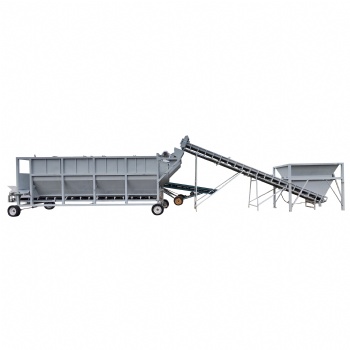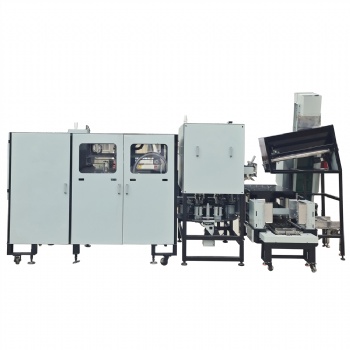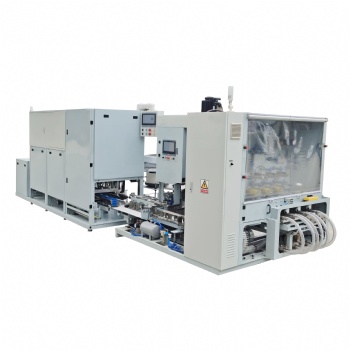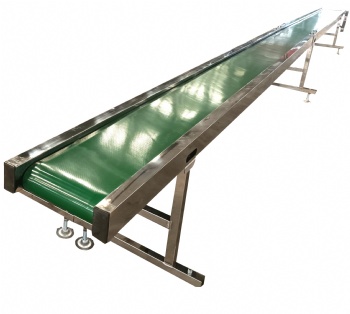News
Smart Mushroom Cultivation Cabin: Structure, Technology, and Benefits
Basic Structure
Appearance:
The smart mushroom cultivation cabin resembles a shipping container, typically measuring around 13 meters in length, 3.5 meters in width, and 3 meters in height. This design makes it easy to transport and install. It can be flexibly placed in various locations, does not occupy arable land, and can be relocated as needed.Interior Structure:
The interior is equipped with multi-layered racks for placing cultivation logs or bags, maximizing space utilization and increasing planting density. The rack design considers ventilation, lighting, and ease of worker operation.
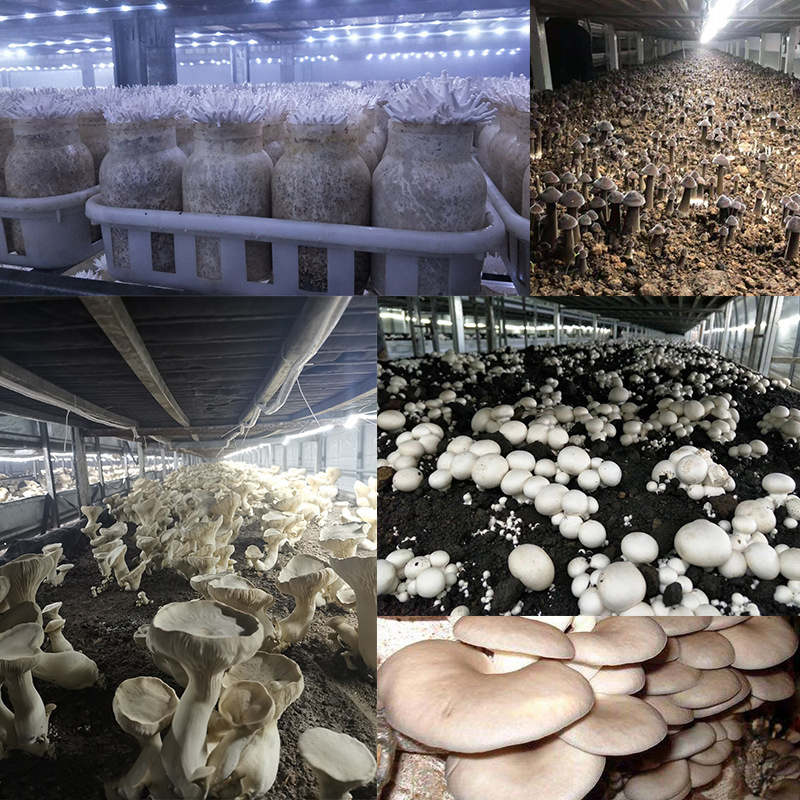
Technological Systems
Environmental Control System:
This is a core feature of the smart mushroom cabin. Sensors monitor environmental parameters such as temperature, humidity, light, and carbon dioxide concentration in real-time. The system automatically adjusts these parameters based on the growth stage of the mushrooms, ensuring optimal conditions.For example, during the mycelium growth stage, low light and high humidity are required, while the fruiting stage demands increased light and reduced carbon dioxide levels.
Remote Monitoring System:
With internet connectivity, growers can monitor the growth of mushrooms inside the cabin remotely through smartphones or computers. This allows for timely issue detection and intervention, even when off-site, greatly enhancing management efficiency.Intelligent Alert System:
If environmental parameters exceed the set range or equipment malfunctions occur, the system automatically sends alerts, prompting growers to take corrective action. This minimizes the impact of abnormalities on mushroom growth.
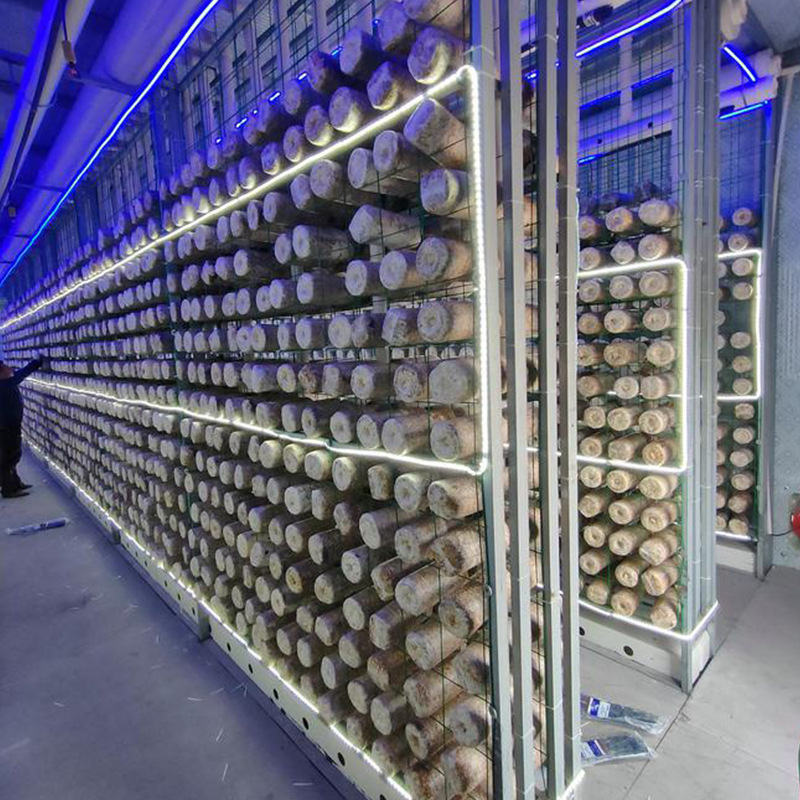
Planting Advantages
High Yield:
Precise environmental control and scientific management accelerate mushroom growth and shorten growth cycles. For instance, the fruiting cycle for oyster mushrooms in traditional methods might take 20 days, but in the smart cabin, it can be reduced to just 7 days.Superior Quality:
Stable conditions promote healthy mushroom development, resulting in better taste, appearance, and market competitiveness.Strong Risk Resistance:
The cabin is insulated from external factors like adverse weather and pests. Even in extreme conditions—rain, snow, drought, cold waves, or heat—it ensures normal mushroom growth and production.Efficient Resource Utilization:
The vertical planting model enhances land use efficiency.
Precise control and recycling of resources like water, nutrients, and air reduce waste and improve sustainability.
Economic and Social Benefits
Economic Benefits:
For growers, the high yield and superior quality translate into increased profitability.
The mobility and flexibility of the smart cabins cater to varying market demands and scales, reducing cultivation risks.
On a broader scale, the development of the smart mushroom cabin industry can stimulate related sectors like spawn cultivation, bag production, processing, and sales, creating jobs and driving local economic growth.
Social Benefits:
Smart mushroom cabins introduce a modern agricultural model to rural areas, advancing agricultural modernization and improving farmers' technical knowledge and cultivation skills.
The eco-friendly and sustainable cultivation approach aligns with environmental protection and ecological balance goals, contributing to long-term sustainability.
Categories
Contact Us
- +86 15093267083
- +86 15093267083
- amy@zzbelead.com
- +8615093267083
